Words and Photos by Sarah Swallow
Bikepacking trips and events can require months of training and preparation, financial investment, and time off work and away from loved ones. So, what leads us to quit things we have put so much emotional, physical, and financial energy into completing? How do we avoid quitting? How do we know when to stop, when to pivot, or when to keep going? Finally, why does quitting hurt so severely, and how do we recover after a hard quit?
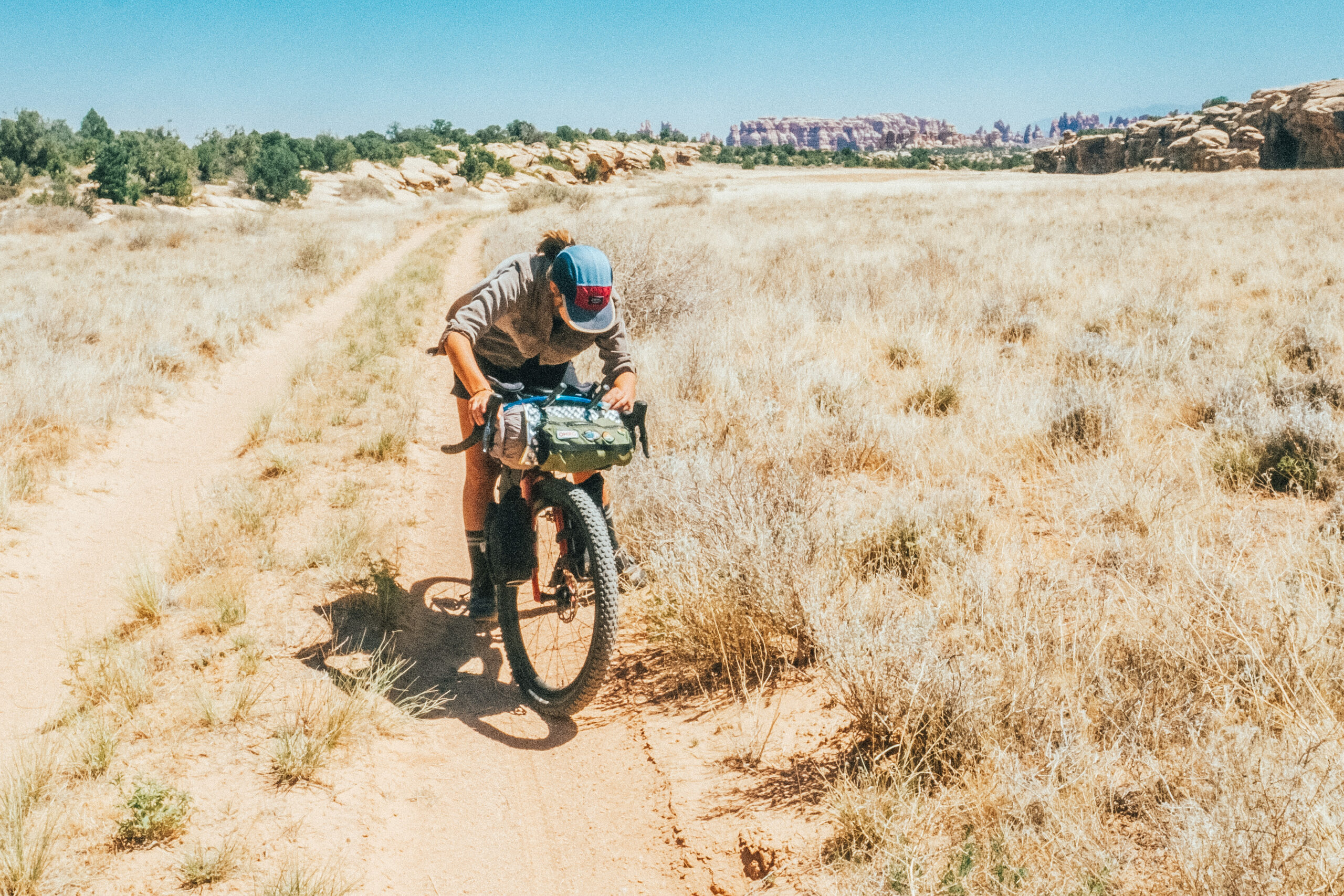
In this article, I’ll explore the taboo topic of quitting through these questions and share some lessons and strategies I have learned from my experience of both quitting and completing big challenges.
For the sake of this discussion, I define quitting as abandoning an effort entirely and going home. I believe quitting is more common when a goal, time limit, or event is narrowly defined, such as a race, FKT, or big challenge. While there are grey areas, quitting is less likely when flexibility allows for pivoting, such as on a ride or bike tour. Pivoting, in this context, means adapting to a new plan that is more fulfilling and sustainable for your well-being.
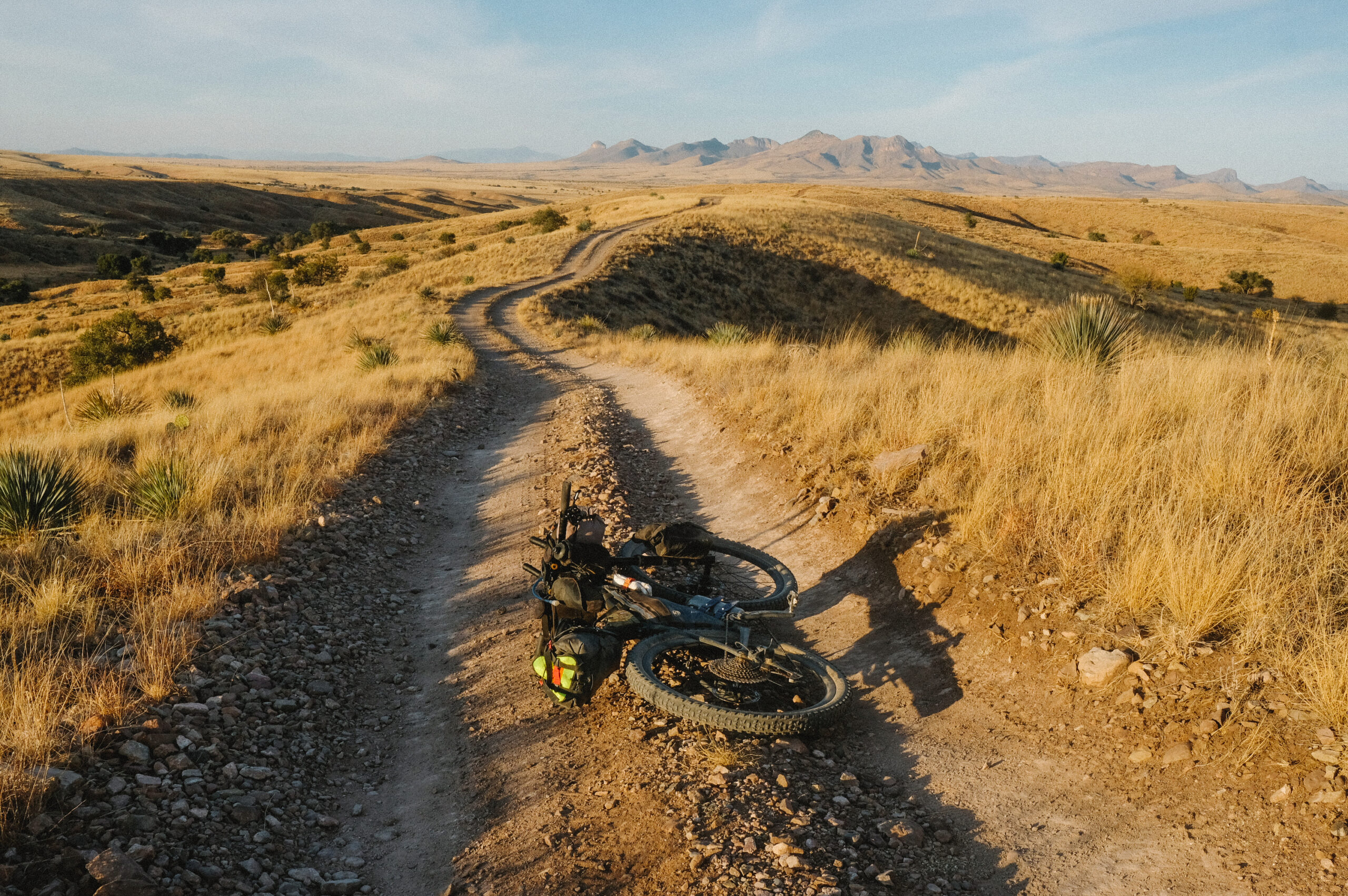
Challenging the Taboo of Quitting
I am a cyclist focusing primarily on bike touring and adventure rides, who occasionally likes to take on significant challenges. My bikepacking philosophy embraces pivoting when the experience becomes unsustainable —I allow myself to switch it up, take a day or two off, adjust my route, or even use alternative transportation before quitting and going home. My fundamental goal is to have a rewarding and fulfilling experience, and the means I go about reaching that goal are up for my interpretation. Remember, unless you are racing or aiming to set a record, there’s no need to put undue pressure on yourself to ride every mile of a route.
First, let’s address the taboo. Quitting competitive or goal-driven activities is often stigmatized and frequently seen as a sign of failure or weakness—especially in environments where perseverance and pushing through adversity are highly celebrated. This stigma, compounded by how much we share our goals on social media, can create added pressure to complete what we start, for better or worse. The combination of societal expectations and online scrutiny also intensifies the emotional pain when we decide to step away.
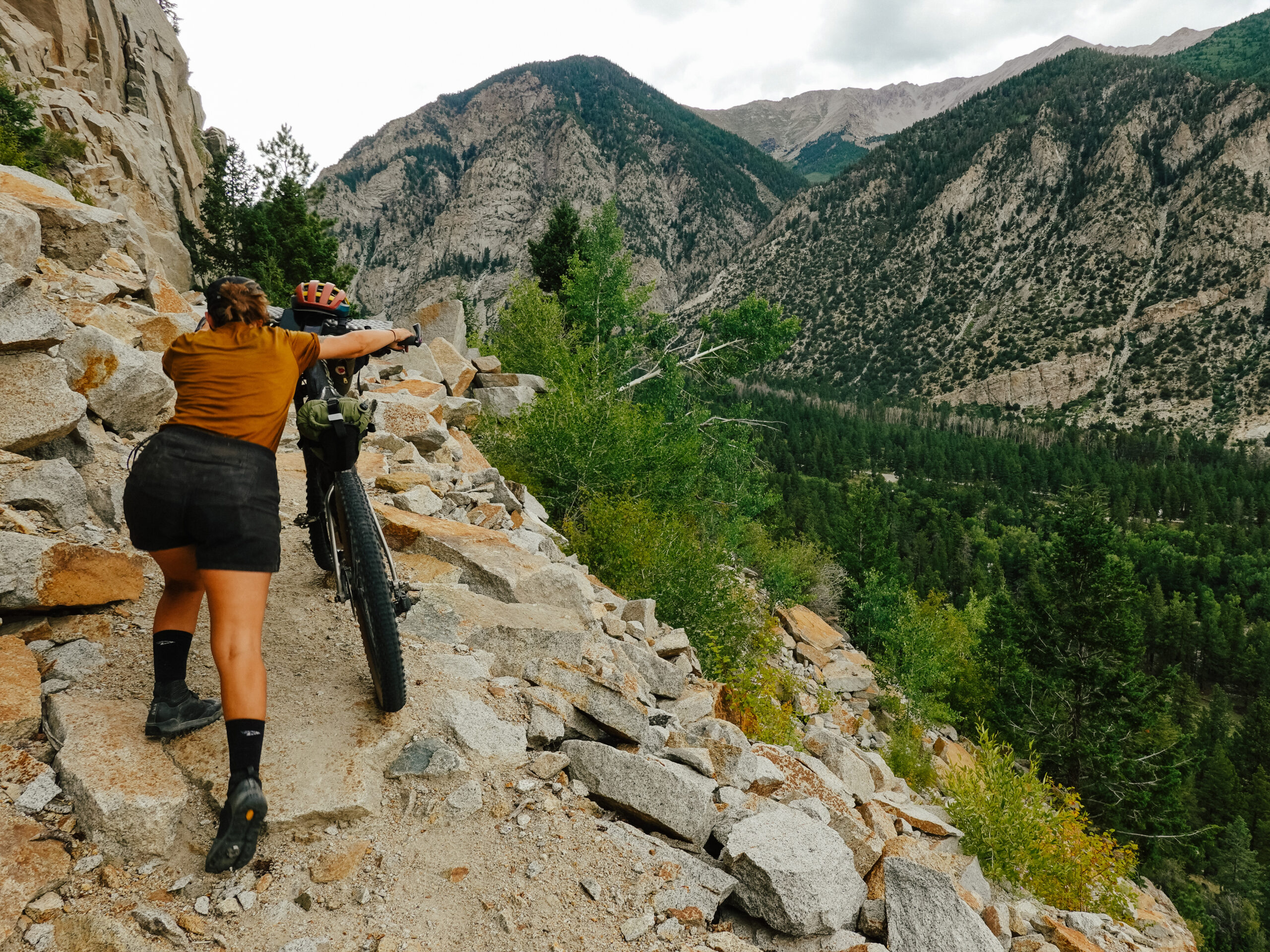
It’s essential to challenge the mindset that quitting is a sign of failure or weakness because there are many valid reasons to step away from a goal—whether due to physical health, mental well-being, or uncontrollable circumstances. Success shouldn’t be defined solely by crossing the finish line but by being able to recognize your limits, having meaningful experiences, and prioritizing your welfare. There’s little glory in achieving a goal at the expense of your safety, health, or relationships. That kind of culture can become toxic. It can damage your relationship with the sport by making it less sustainable and can make the sport feel less accessible to others.
My Two Hardest Quits
While I don’t compete in races very often, I have completed the Unbound Kansaz 200-mile gravel race twice, a 350-mile randonnee without sleep, a successful Tour Divide race, and was the first cyclist to complete the entire TAT, a 5,000-mile dual-sport motorcycle route across the U.S. from east to west on dirt roads. I’ve also bikepacked tens of thousands of miles across six continents and over twenty-one countries. Despite all the challenges I’ve faced during my 10-year career in adventure cycling, quitting two particular events— the New Colo in 2022 and the Tour Divide in 2023—were some of the hardest reckonings of my cycling journey. While I’ve pivoted from my plans countless times on bike tours, I had never quit anything before, let alone two events back-to-back.
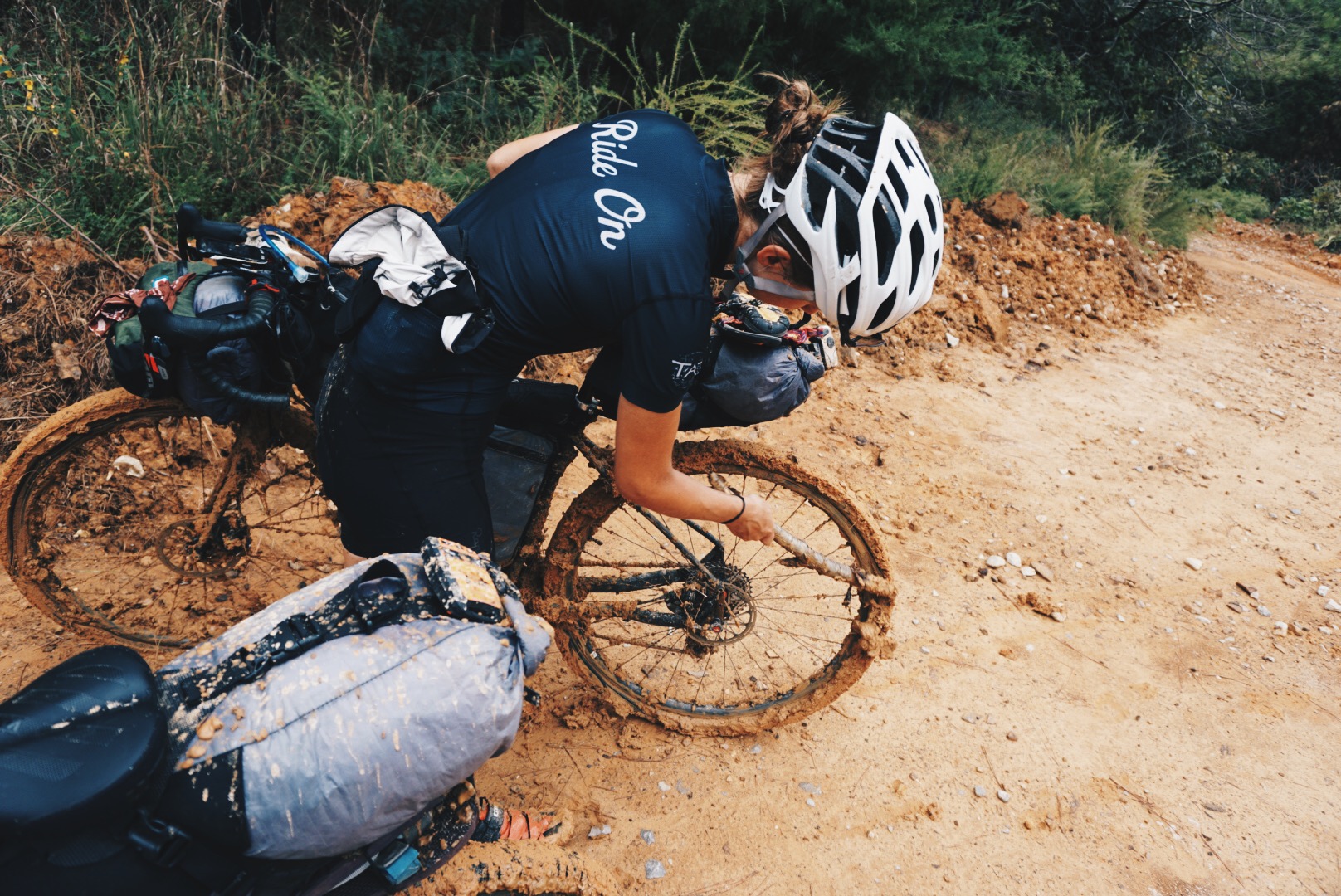
It all started in 2021, after a long hiatus from participating in bikepacking races. I decided to enter the Tour Divide Race after spending six years bikepacking worldwide until the COVID-19 pandemic shut down international travel. By the spring of 2021, while COVID was still present, people were beginning to venture out again. A modified version of the Tour Divide was planned starting at the U.S.-Canada border. After being cooped up for over a year, I threw my name in the hat to see how my bikepacking experience would translate into an ultra long distance race environment.
Unfortunately, on the way to the event, the bike rack on my car failed, ejecting my race-ready Tour Divide bike onto the road at 60 miles per hour. Watching it fly off the rack in my rearview mirror, I saw all the time, money, and energy I had invested vanish in an instant. At first glance, the damage appeared cosmetic, but I soon noticed that the seat stay was nearly severed in half. I broke down emotionally, believing my Tour Divide journey was over before it even began.
However, after a night of rest, I regained clarity and motivation to find a solution by reaching out to my community. Thanks to their incredible and swift help, my carbon frame was repaired within 36 hours. Fueled by gratitude and encouragement, I flew through the Tour Divide in 21 days, securing second place among women and 11th overall. While this is a story of perseverance in the face of adversity, it is also significant because this Tour Divide experience pushed me to explore my identity in cycling. I was curious whether I genuinely enjoyed bikepacking races or if this experience was just an anomaly.
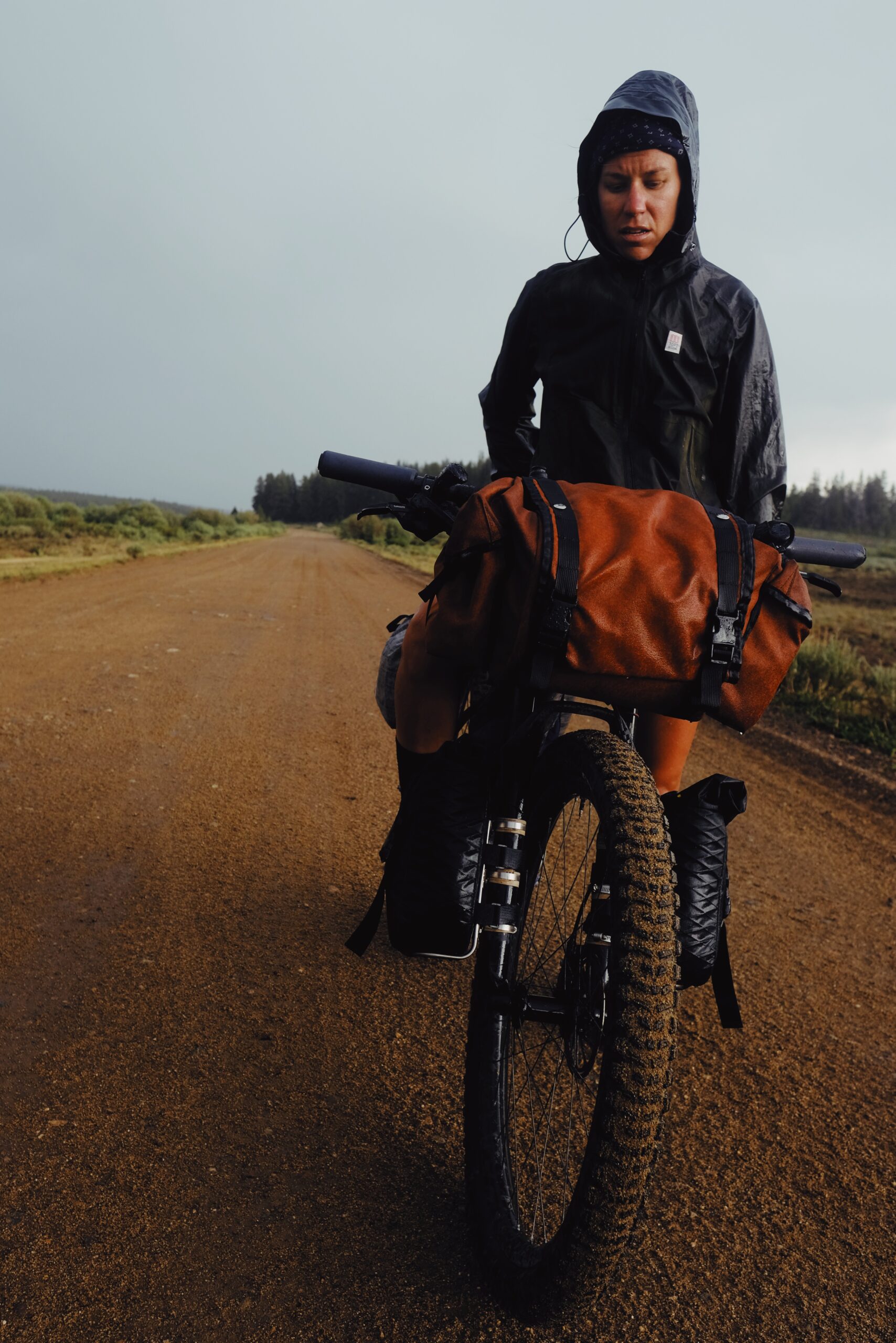
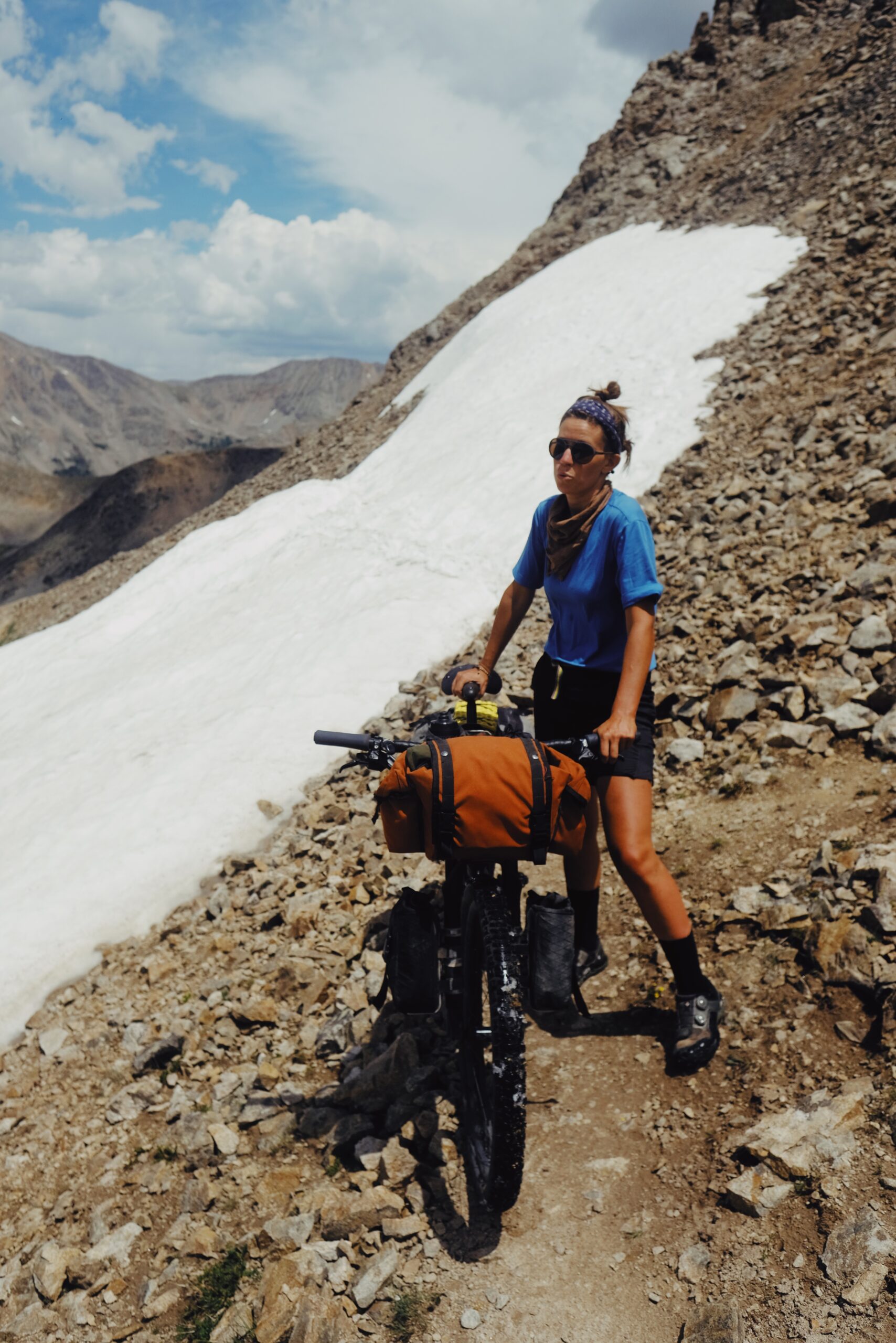
The following year, I entered the inaugural New Colo bikepacking race, a local Durango event featuring 1,000 miles of single-track and dirt roads through southwest Colorado and northeast New Mexico. I spent two months preparing to complete the route on my home turf in 10-14 days. In doing so, I said no to countless other opportunities and structured my entire summer around this event. However, as the race approached, subtle red flags emerged regarding the event organizer’s communicated philosophy and route choices. I tried to ignore them, but they eventually festered into a severe case of anxiety that gripped me the night before the event and lasted through the first 24 hours of the race. With no relief from the looming dread, I reached a fork in the trail at sunrise on day two, atop the epic Calico Ridge. The right path kept me on course, while the left led off route—a commitment to abandoning the event. I pushed my bike a few steps to the right, only to return to the intersection. It felt as if I were being physically pulled from the route. I turned left and quit the New Colo at mile 64 (and 14,000 ft of gained elevation) out of 1,000 miles.
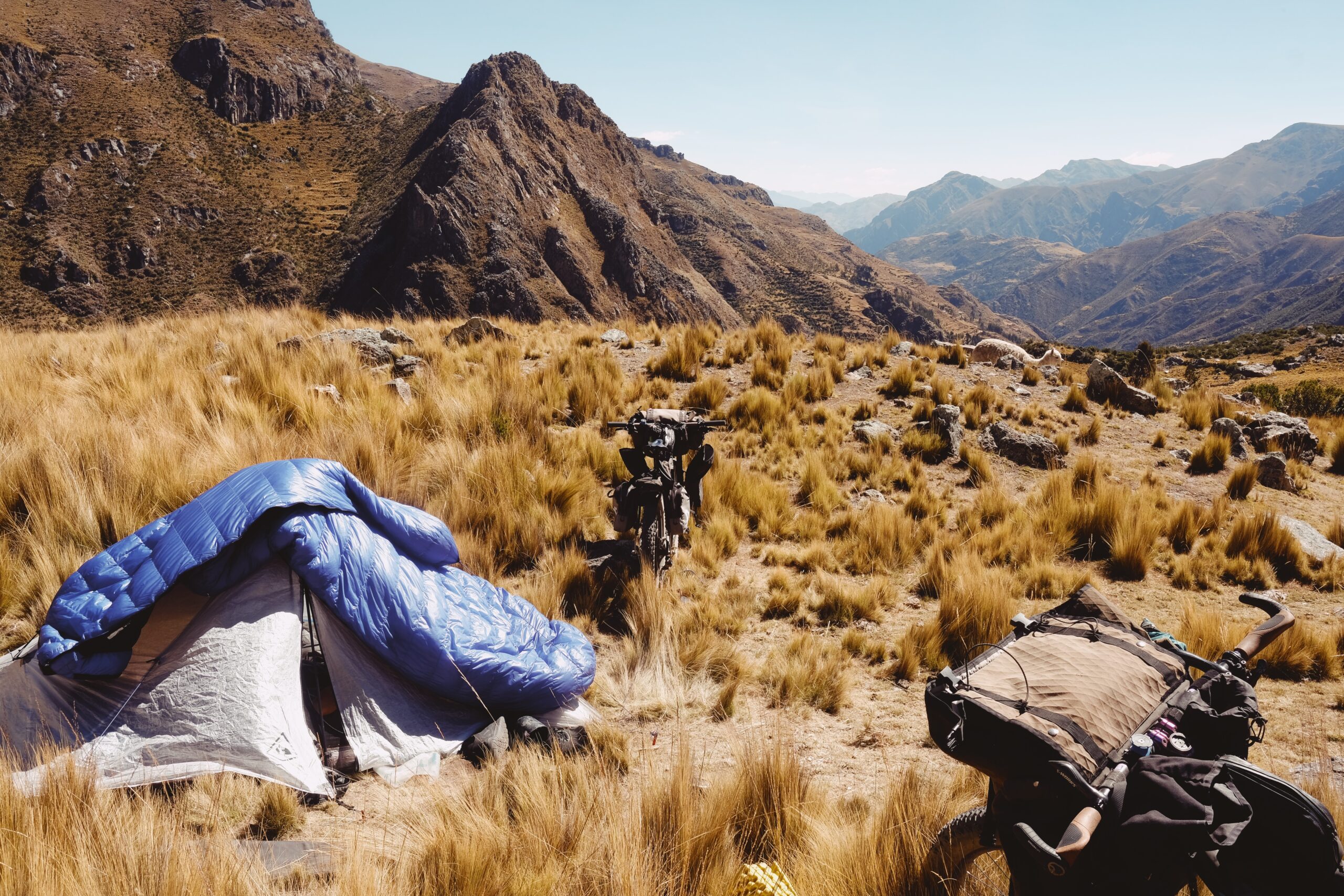
Fast-forward to 2023, when a few close friends and I decided to tackle the Tour Divide together. While I usually avoid repeating challenges, the thought of speed-packing this iconic route with close friends was too tempting to pass up. However, things quickly took an unexpected turn. Just days before the race, the anonymous organizer of the 2023 event sent out a stern email enforcing strict rules on emotional support. According to these rules, riding with others was considered a form of assistance, which disqualified us from the event. The organizer even made it clear that participants planning to ride together were not welcome at the start line.
Despite this, we felt it was too late to change our plans, so we decided to start the race in silent protest.
During the first 24 hours, a familiar anxiety resurfaced, but as I settled into the course, muscle memory took over, and I found myself falling into the rhythm I had honed back in 2021. It was reassuring to feel that same level of fitness and skill return, especially after the challenges I had faced on the New Colo. Maybe, in some way, I needed that validation. But as the miles rolled by, it became clear that my friends and I were on different wavelengths. By the end of the first five days, a nearly 24-hour gap had grown between us. I was torn—continue at my own pace and relive the ride of 2021 or slow down and ride alongside my friends. Ultimately, I chose the latter.
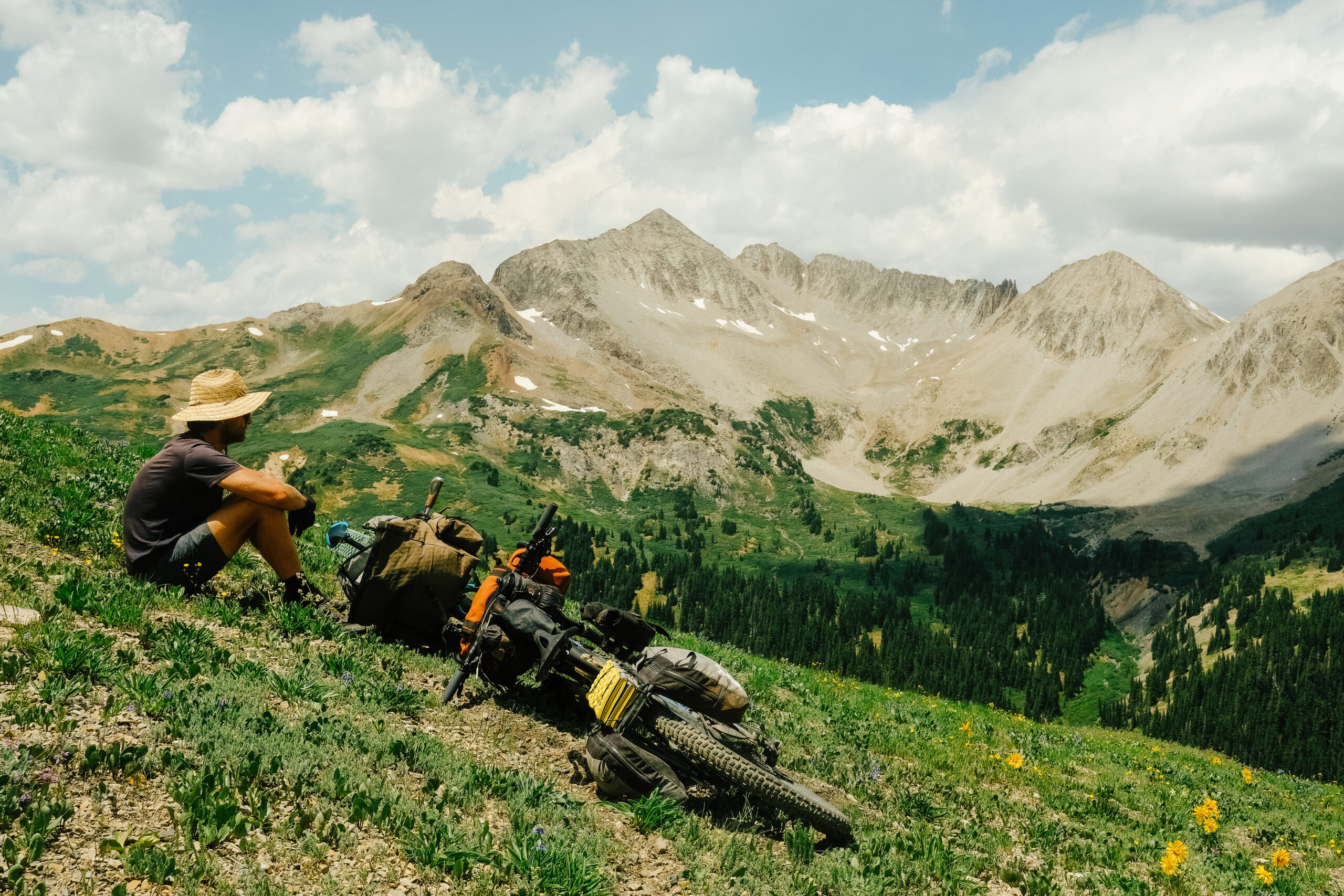
Even after reuniting, though, the pace difference was hard to ignore. After several days of grappling with the frustration of difference in pace, and after countless tearful calls to loved ones for guidance, I made the difficult decision to withdraw from the race, having covered 800 miles of the 2,700-mile journey.
While the circumstances were very different, the emotions that followed in the hours, days, and weeks after quitting were remarkably similar: relief, shame, disappointment, anger, doubt, and confusion. My confidence was shattered. I questioned whether I was truly capable or just delusional. In both cases, I didn’t feel regret for quitting, which affirmed that I had made the right decision, but I did feel regret for not knowing my self better and investing in something that didn’t align with my values.
Why Do We Quit?
Both of my two hardest quits occurred during race or event settings where I had set clear, defined goals. I had committed to participating in structured events with the aim of finishing within a specific timeframe. So why did I quit after investing so much in these goals? The truth is, during both the New Colo and the 2023 Tour Divide, I was chasing challenges that didn’t align with my core values.
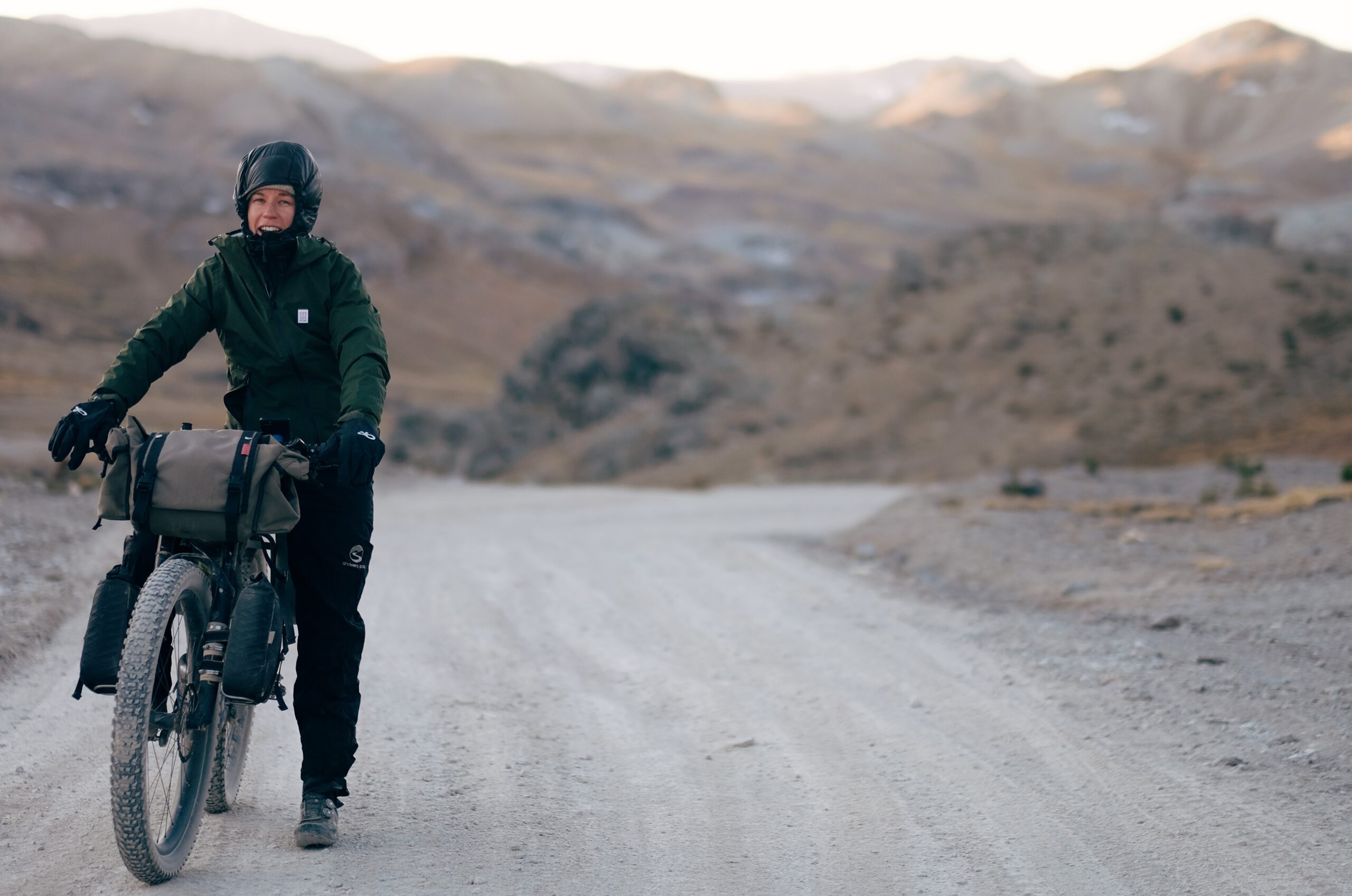
First, my entire career has been built around being a non-competitive cyclist for a reason. Over the years, I’ve learned that I derive far more fulfillment from non-competitive cycling experiences than I do from racing environments. Secondly, I ignored subtle red flags. In both events, I didn’t fully support the organizers’ philosophy around the routes or emotional support rules.
During the 2023 Tour Divide, I found myself avoiding the truth—that deep down, I wanted to relive my 2021 experience, but this time, alongside friends, all riding at the same pace. However, trying to achieve that in the context of an ultra-distance race added an extra layer of complexity to an already grueling challenge. The balance between group dynamics and the individual demands of the race made the experience far more difficult than I had anticipated.
Despite my efforts to ignore the subtle signs urging me to reconsider taking on both events, it took pushing myself to the physical limit, with all distractions stripped away, to recognize that these challenges were more draining than fulfilling.
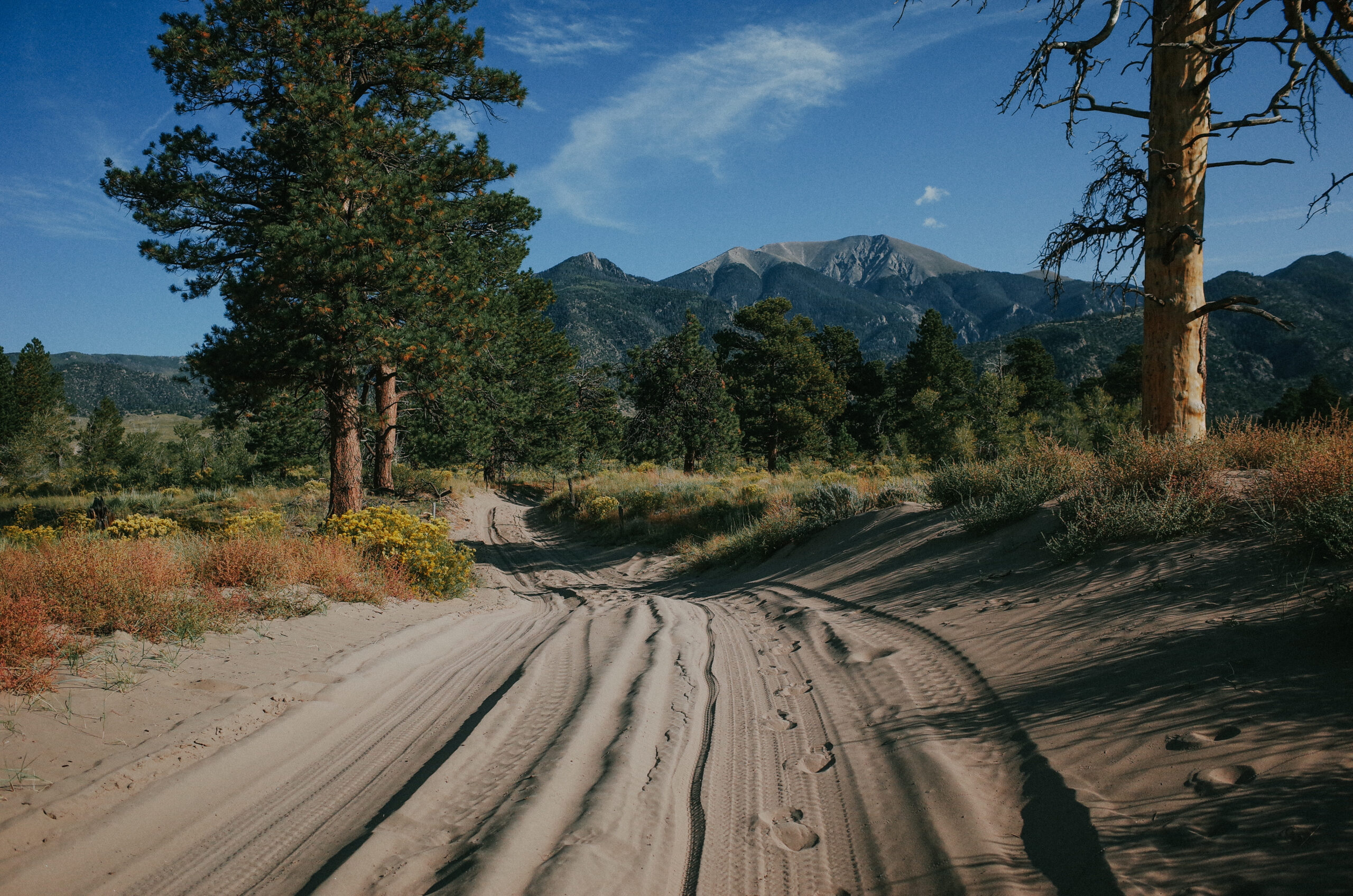
I committed to these events during a time when I was exploring my identity in cycling, questioning whether bikepacking racing was still right for me after the success and enjoyment of the 2021 Tour Divide. The lesson, after these two experiences, is nuanced. I believe bikepacking racing can still be part of my journey, but only if I choose events that align with my values and where I’m fully committed to adhering to the race’s structure. As I search for that alignment, I’ve taken a meaningful step toward rides that truly fulfill me—whether that’s exploring new and familiar places in the Southwest United States or tackling the epic routes of the Dolomites in Italy, the Baja Peninsula in Mexico, Morocco’s sub-Sahara, the Peruvian Andes, Kyrgyzstan Tian Shan, and the Bartang Valley of Tajikistan.
In my case, I quit because the anxiety and stress of doing something misaligned with my values became unbearable.
Other valid reasons to quit include protecting your physical health, when continuing would be irresponsible. You might also quit if you find yourself in a cycle of diminishing returns, where the effort and resources you’re investing are yielding little or no positive outcome. You may realize you’re only continuing because of a sense of obligation to others. Lastly, external factors like severe weather, flooding, deep snow, or forest fires could make achieving your goal impossible or unsafe.
Whatever the reason for quitting, the decision should not be taken lightly because of the investment it took to get there, the resources it will take to remove you from the course, and the emotional reckoning that could accompany your decision.
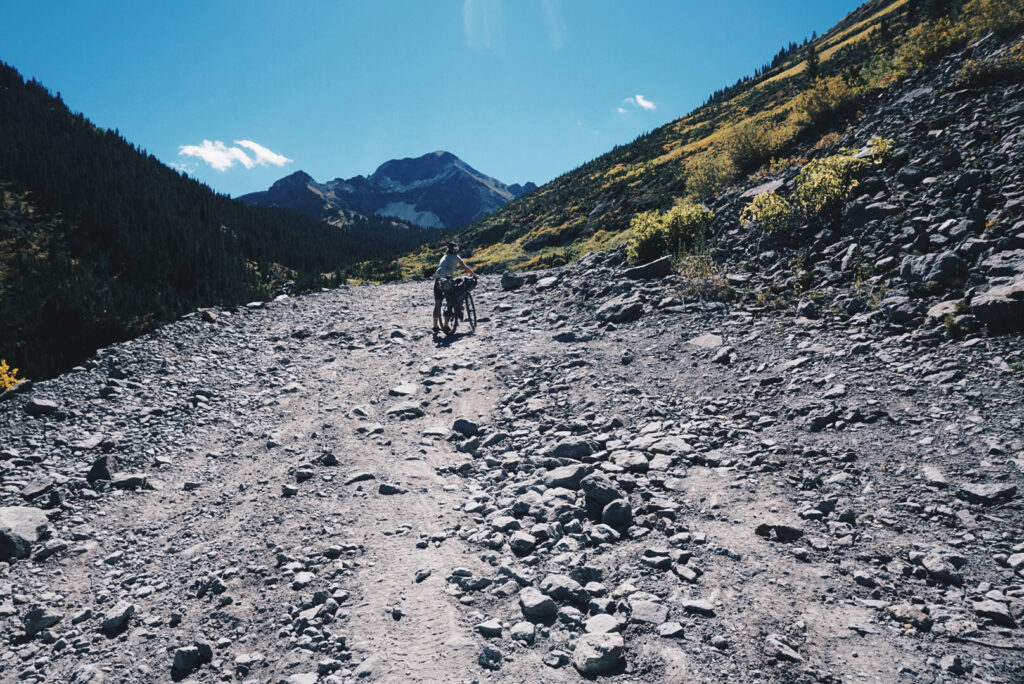
When to Quit, Pivot, or Push Forward
A general rule: don’t quit on an empty stomach, when you’re exhausted, or when environmental conditions are unpleasant. Get some rest, eat a solid meal, and reassess the next day. Chances are, you’ll have renewed energy and clarity.
If the urge to quit persists, ask yourself:
- Are you aligned with your values and priorities?
- Is your physical or mental health at risk?
- Are you stuck in a cycle of diminishing returns?
- Are external factors out of your control?
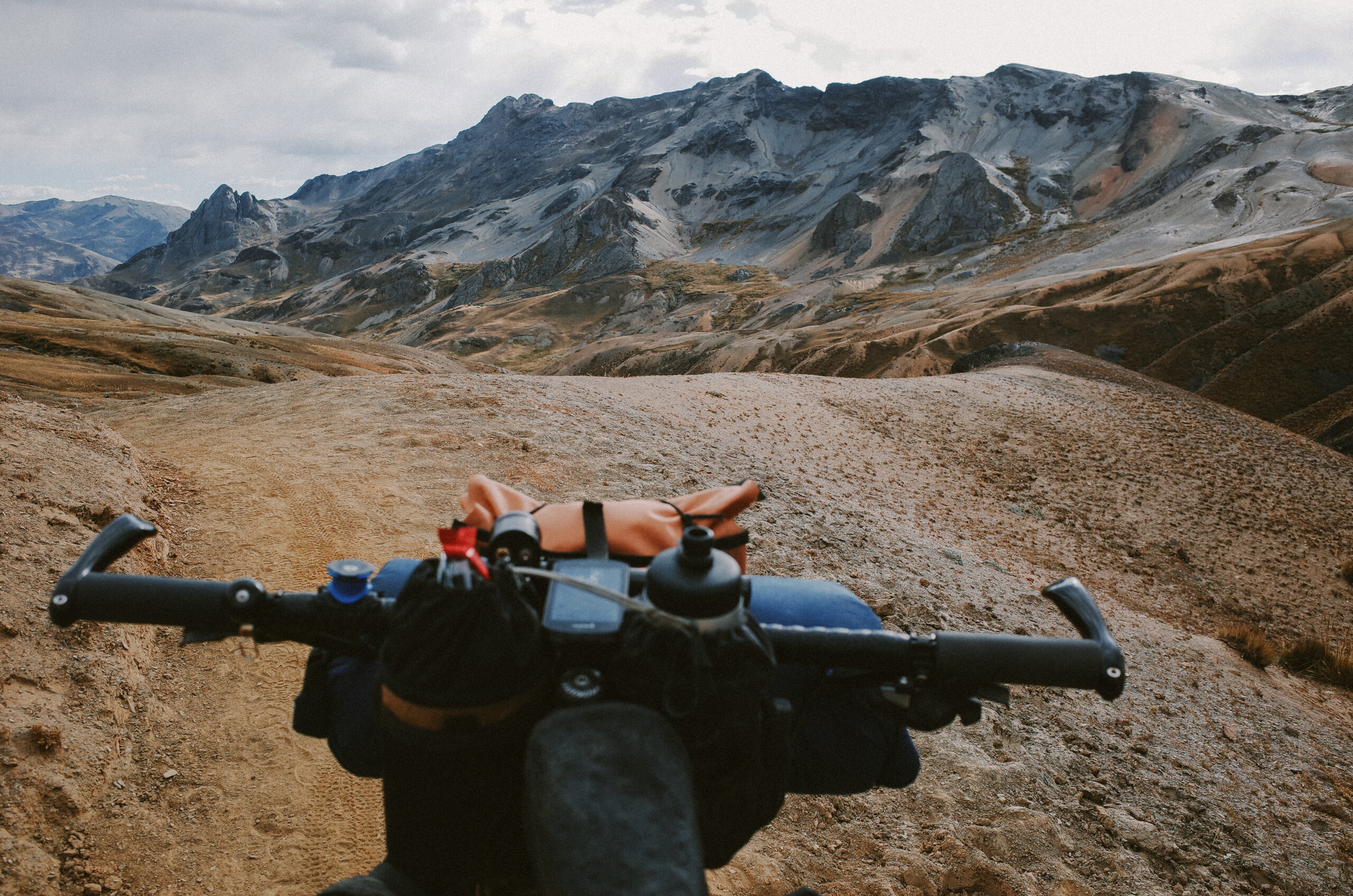
If none of these resonate, read on to learn how to avoid a hard quit. But if they do, consider pivoting as a first line of defense. Adjust your approach by increasing your level of self-care (more hotels, laundry, showers, etc.), switching to touring mode, or cherry-picking the route by using public transportation. Quit if continuing after a few days it is more detrimental to your well-being to keep going than beneficial.
How to Avoid a Hard Quit (and Accomplish Big Goals)
From my experience completing big goals, I have found the following strategies helpful in maintaining momentum on the course:
Practice Gratitude: Assuming you have physically prepared to the best of your ability, start by practicing gratitude. Reflect on the privilege of challenging yourself via the bicycle in a beautiful place, your ability to take time off work or away from family, your physical capabilities, the community that supports you, and your access to bicycles and gear. Gratitude can be a powerful motivator. For example, when my bike frame cracked and then repaired three days before the 2021 Tour Divide, my gratitude for my community’s support and the opportunity to race propelled me down the course with momentum.
Set Realistic Expectations: Adjust your expectations to be more achievable. Modify timelines, reduce the pressure for perfection, and rethink success to make the ride more enjoyable and sustainable. For instance, during my 2021 Tour Divide, I set the goal of finishing the route in 30 days while aiming to average 82 miles per day. During the event, completing 110 miles felt exhilarating, while 120+ miles made me feel like a superhero. Even on days when I rode just 85 miles due to weather, I felt content. I ended up finishing in 21 days, averaging 118 miles per day, consistently surpassing my expectations and feeling accomplished.
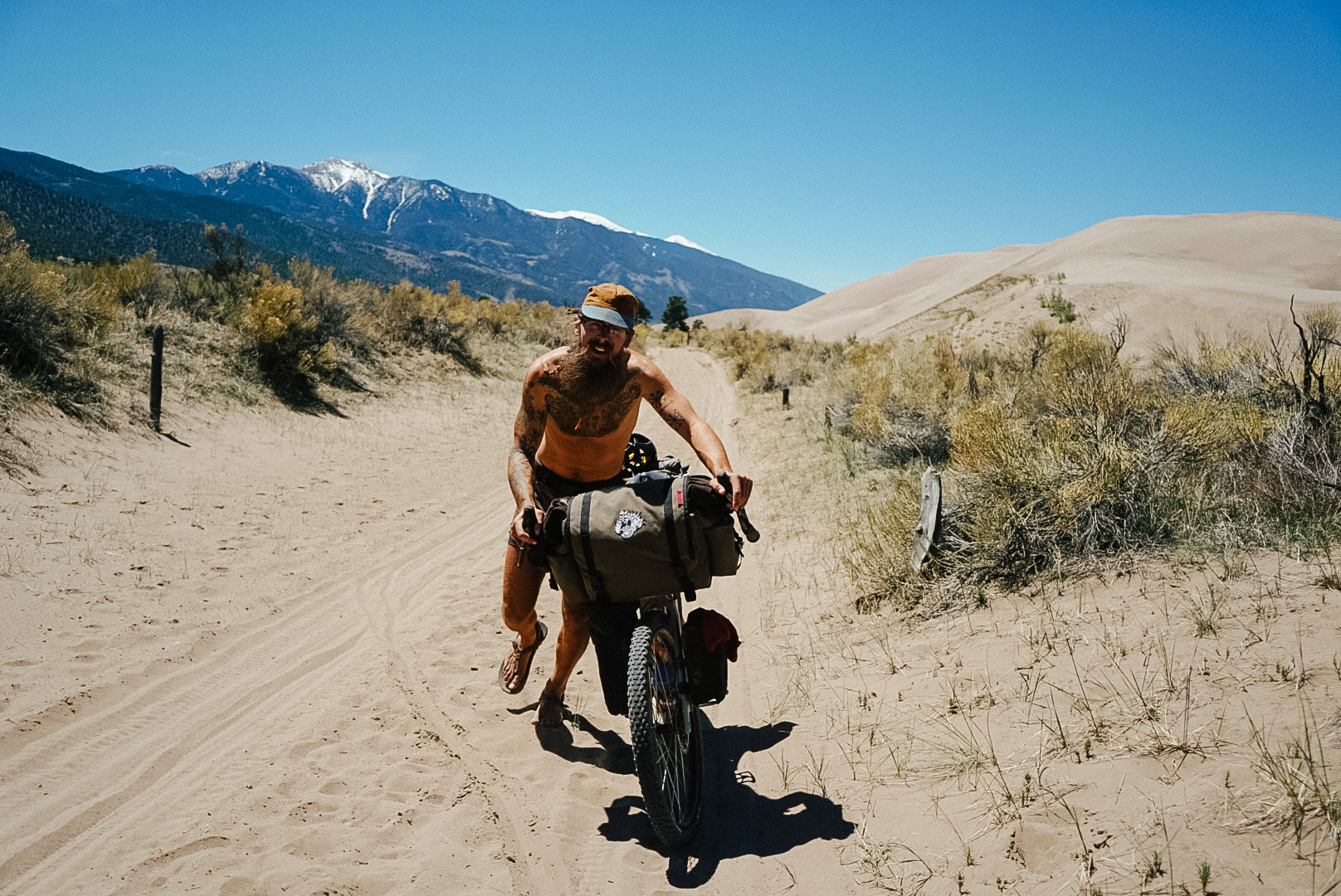
Stay Present: Focus on one pedal stroke at a time and celebrate small victories to maintain momentum. When I was suffering over Union Pass in Wyoming, it was overwhelming to think about reaching Antelope Wells, New Mexico. To keep going, I concentrated on the present moment using the mantra “one pedal stroke at a time,” and immersed myself in my surroundings—aspens flickering in the wind, the sensation of the breeze, the vivid sunset, and the babbling of a nearby brook.
Stay Connected to a Supportive Community: Surround yourself with people who understand and encourage your journey. A strong community offers advice, accountability, and inspiration, especially during challenging times. I’m fortunate to have a network supporting my bikepacking adventures—my partner, parents, siblings, friends, and extended social circles. I often lean on them for encouragement and guidance, or simply to reconnect with the outside world which helps me remember who I am and what I am capable of. I jokingly call my parents ‘mission control’ because, more times than I can count, they’ve helped me navigate both literal and figurative forks in the road.
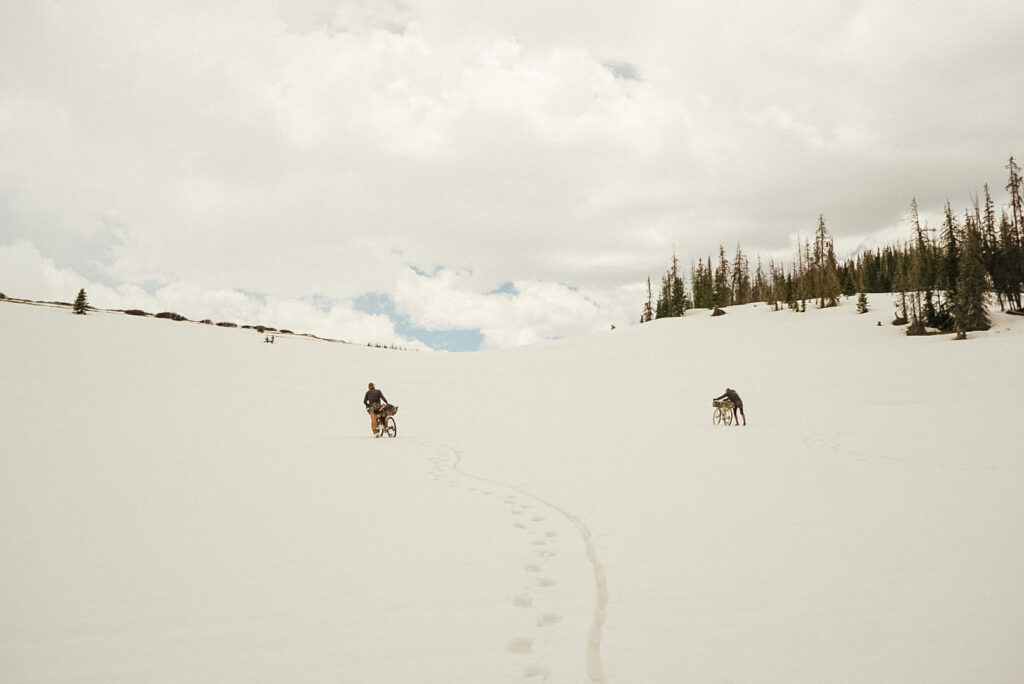
Revisit Your “Why” and Visualize Success: Spend time reconnecting with the deeper reasons behind your goal and imagining how it will feel when you accomplish it. Understanding your inspiration can reignite your passion while visualizing success can boost motivation, build confidence, and reinforce that the effort will pay off. I chose to do the 2021 Tour Divide to test my capabilities and fundraise for getting more young women on bicycles through the Cairn Project. Visualizing all the miles, different environments, and challenges I overcame—culminating in the sight of my partner Adam at the finish line—provided a powerful sense of accomplishment when I needed a boost on the route.
Pivot When Necessary: Sometimes, avoiding quitting doesn’t mean sticking to your original plan. Be open to adjusting your approach if something isn’t working. Flexibility in your plan or timeline can help you overcome roadblocks without abandoning your goal. For example, an early-season monsoon system brought multiple rain and lightning storms in New Mexico daily. To keep going and avoid quitting, I had to adjust my expectations for daily mileage and increase self-care by booking more motel rooms and doing additional laundry.
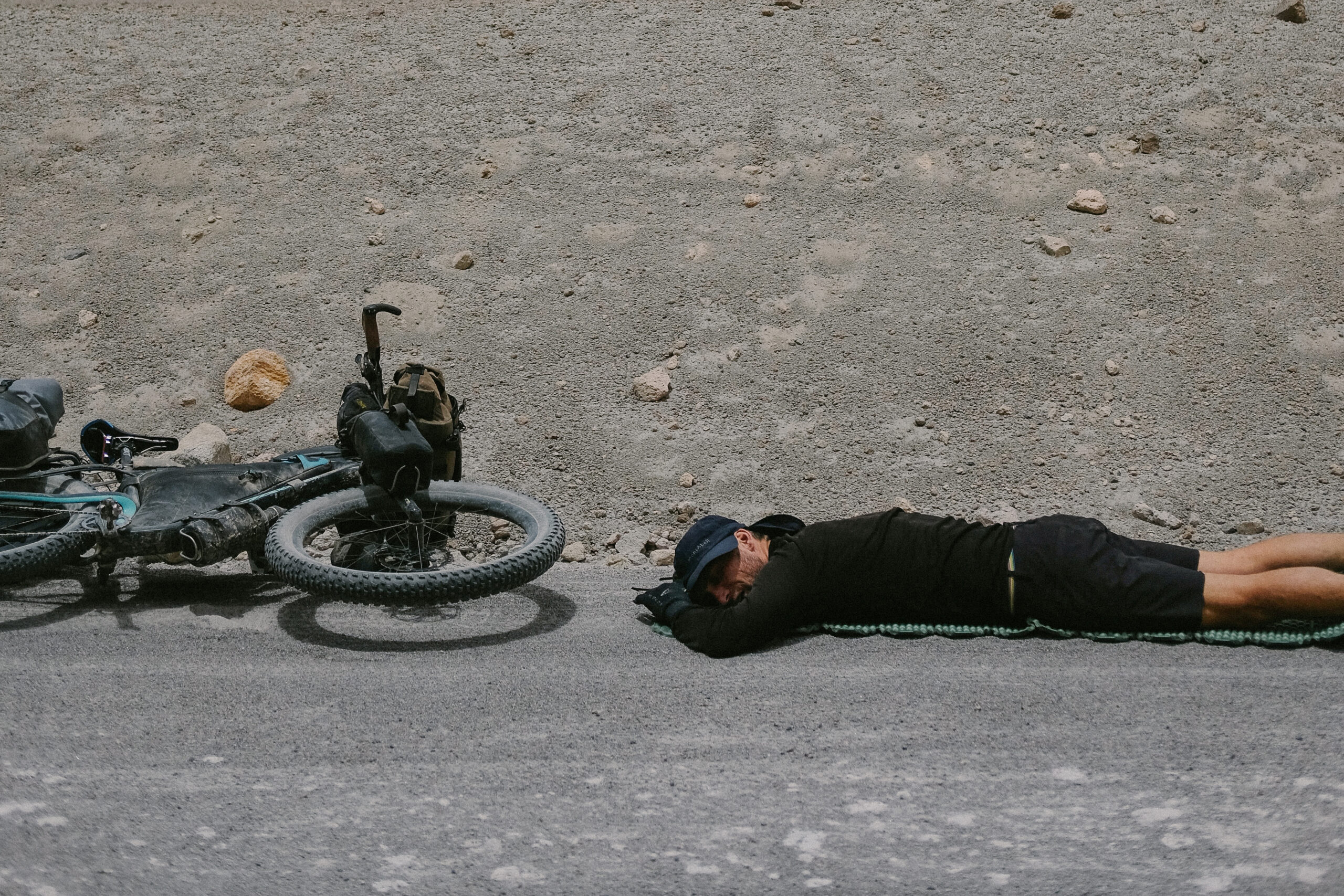
How to Recover After Quitting
After quitting, go easy on yourself. Allow yourself plenty of time to physically recover and grace to process the emotions—relief, guilt, disappointment, etc. When you are ready, reflect on why you quit and the lessons you gained. Reframe quitting as a deliberate choice that takes strength, made for valid reasons rather than failure. Lastly, focus on future goals, whether that’s rest or a new challenge.
It took me more time than I’d like to admit to process my decision to quit the New Colo. Two weeks after I quit the event, I decided to do a 5-day solo bikepacking trip in southwest Colorado. I needed this experience to remind myself that I love riding bikes and I am capable of overcoming big challenges. I recovered much faster from the 2023 Tour Divide after that experience. Journaling, therapy, talking with friends and colleagues, riding my bike, and writing this article have all been part of the process.
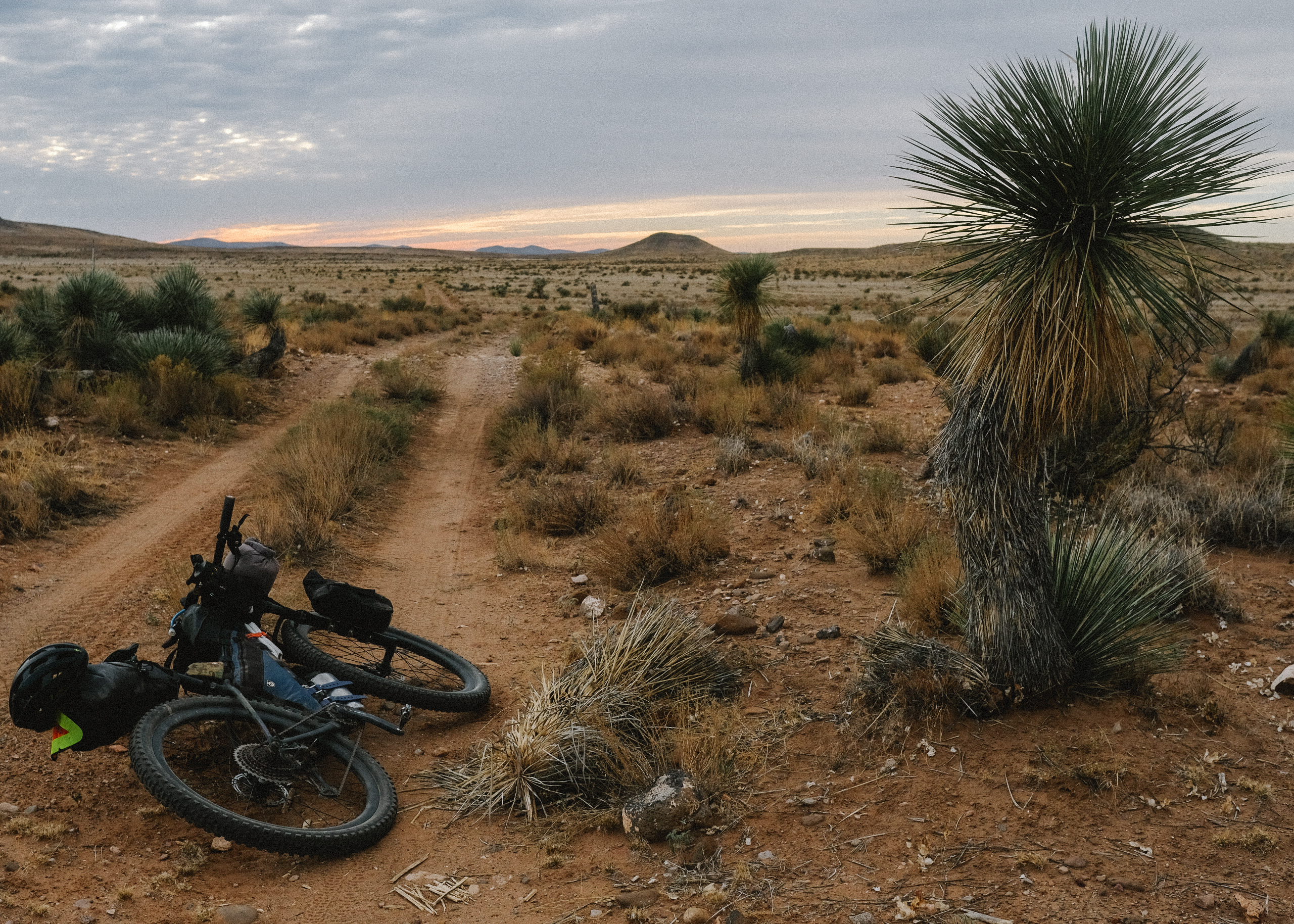
Conclusion
Everyone quits at some point, though we don’t often talk about how difficult it can be to quit because of the stigma. I believe quitting is a necessary part of growth as an athlete, it certainly has been for me. We should celebrate our ability to aim high, face adversity, and know when to prioritize our well-being. Next time you decide whether to quit or not, I hope this article will help make that decision a tiny bit easier.
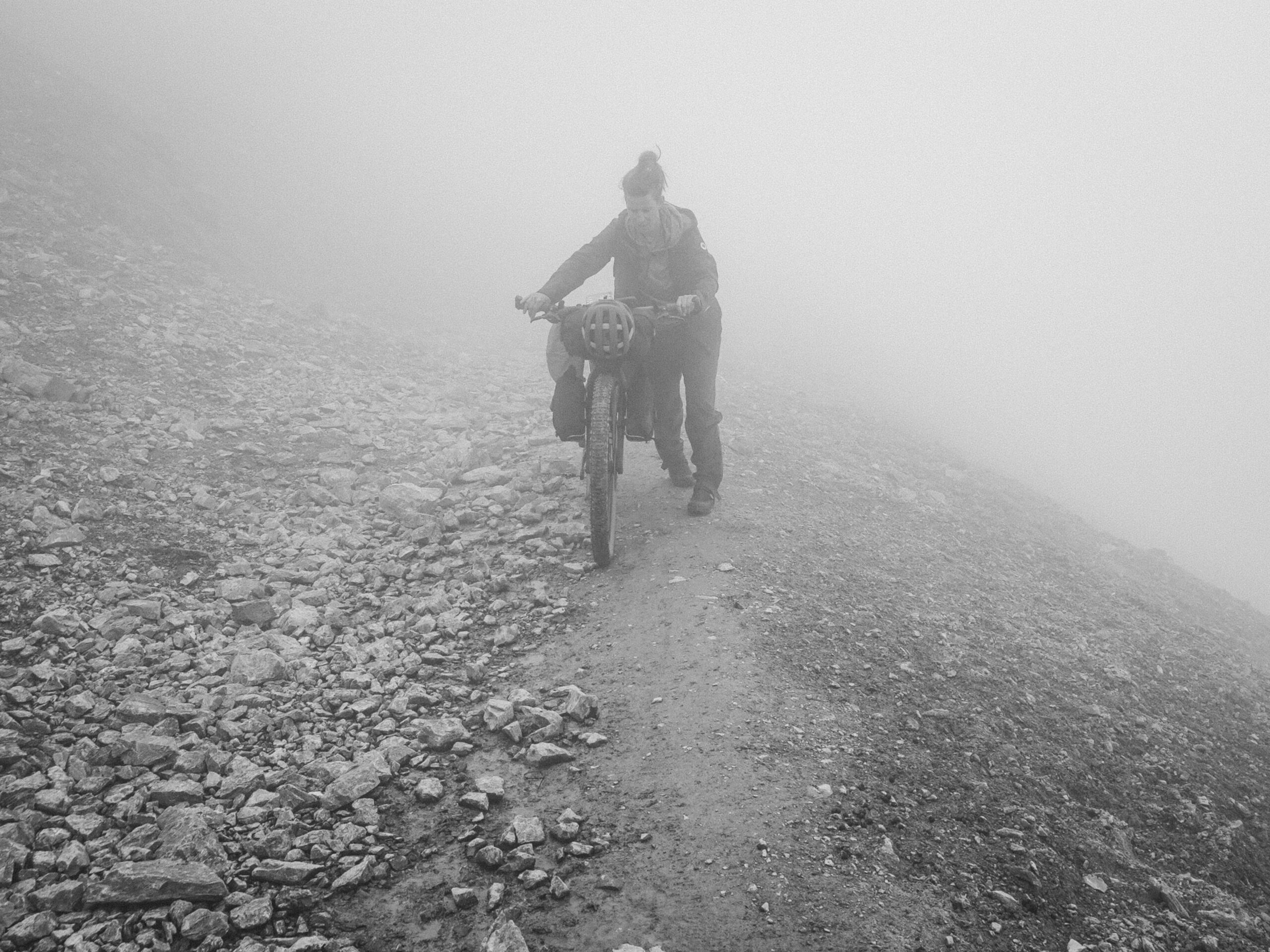




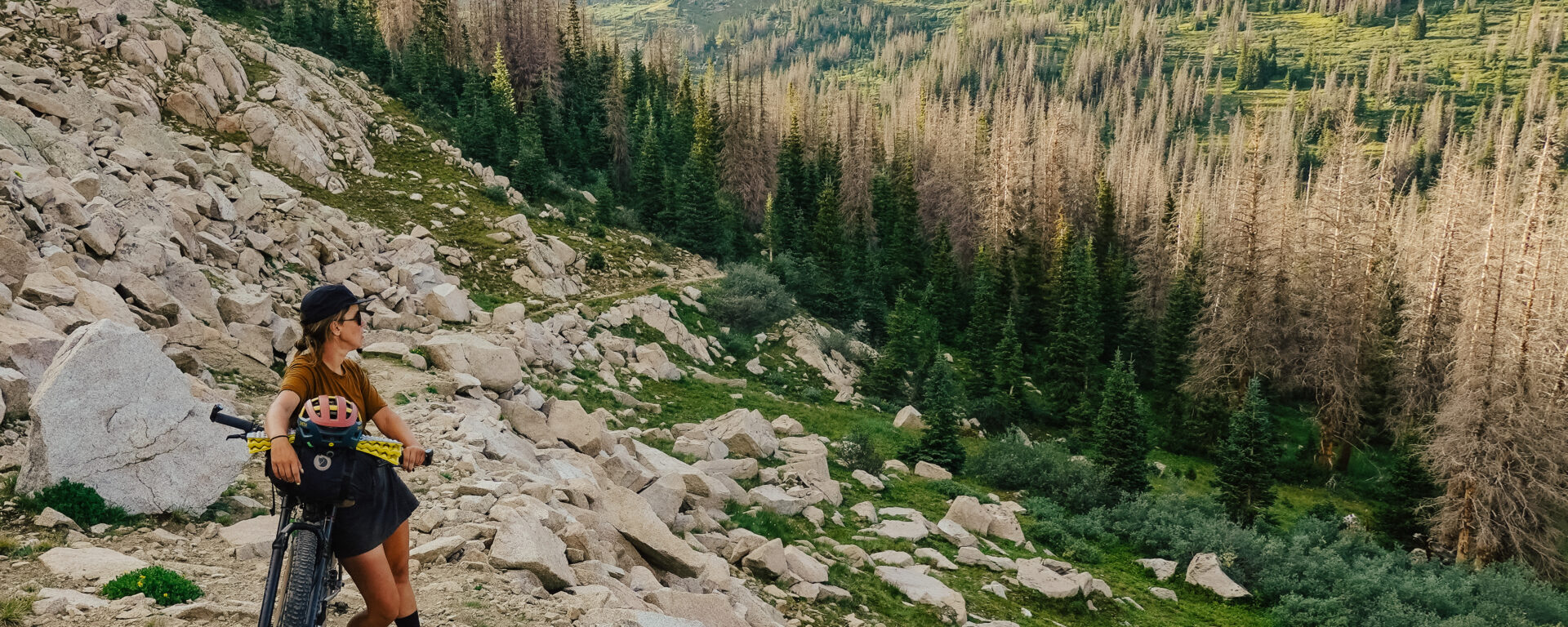
Great article, it was just what I needed to read/hear at this time.
Thank You!!!!
Nice article, Sarah. It illustrates how we can learn about ourselves, and the world, by quitting and realigning our goals to actually achieve more, not less.
Thank you for writing this. I recently quit a bikepacking race and the feelings have been far tougher to process than I anticipating. Reading this was validating and heartening, I appreciate your perspective and advice.
Sarah, what a great article. Your experience can relate to most anything in life. And everyone can learn from it. I always said you would be a good writer and you are. Granny👏👏❤️❤️
This is wonderful and resonates on so many levels. Thank you for sharing your experience.
Thanks Sarah. I think this is something we all struggle with no matter the situation. For some it may be a relationship, a job or just a simple challenge they’ve set for themselves. If people would except that quitting is something that happens sometime and it’s ok, they’d be a lot happier.